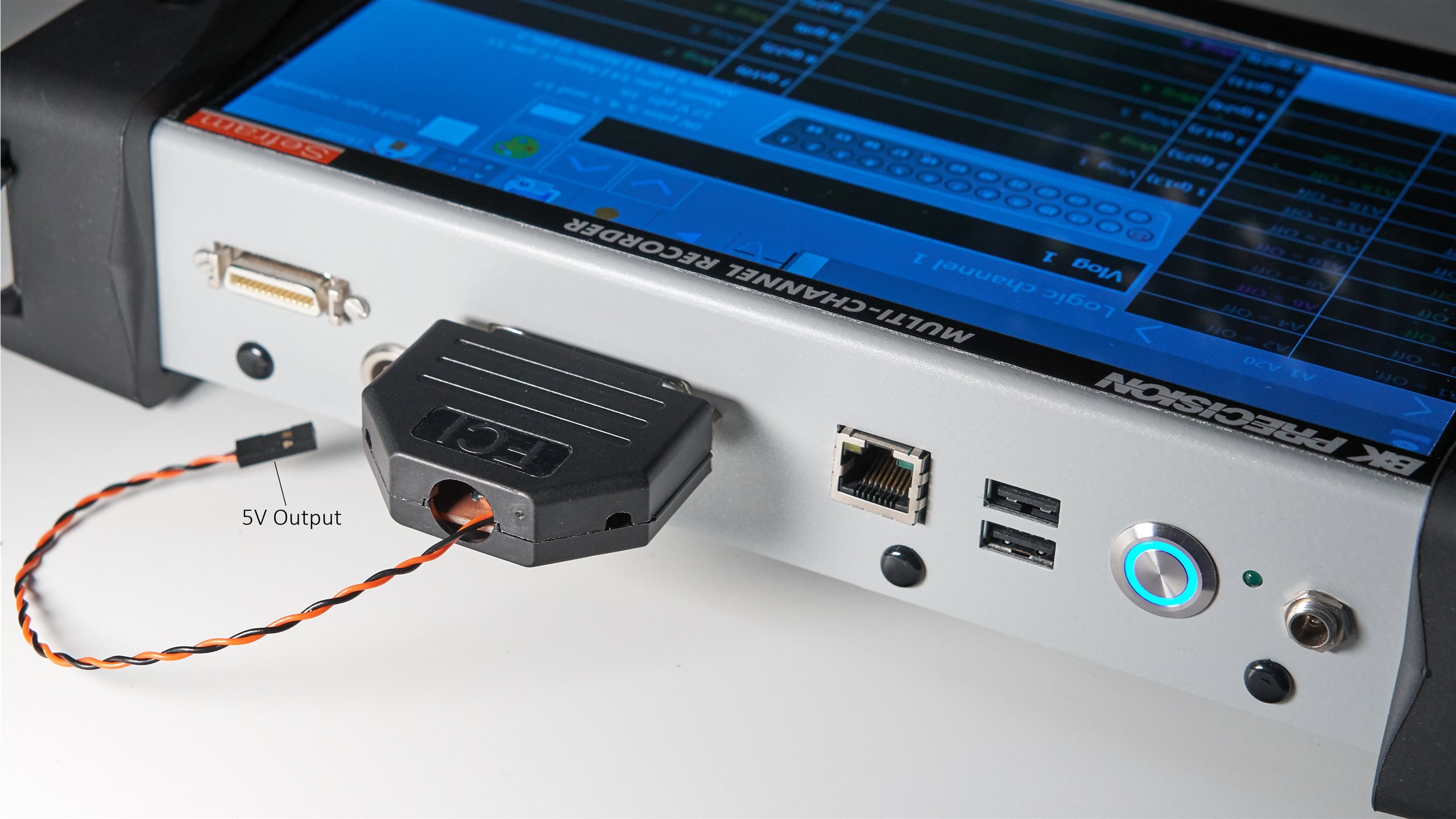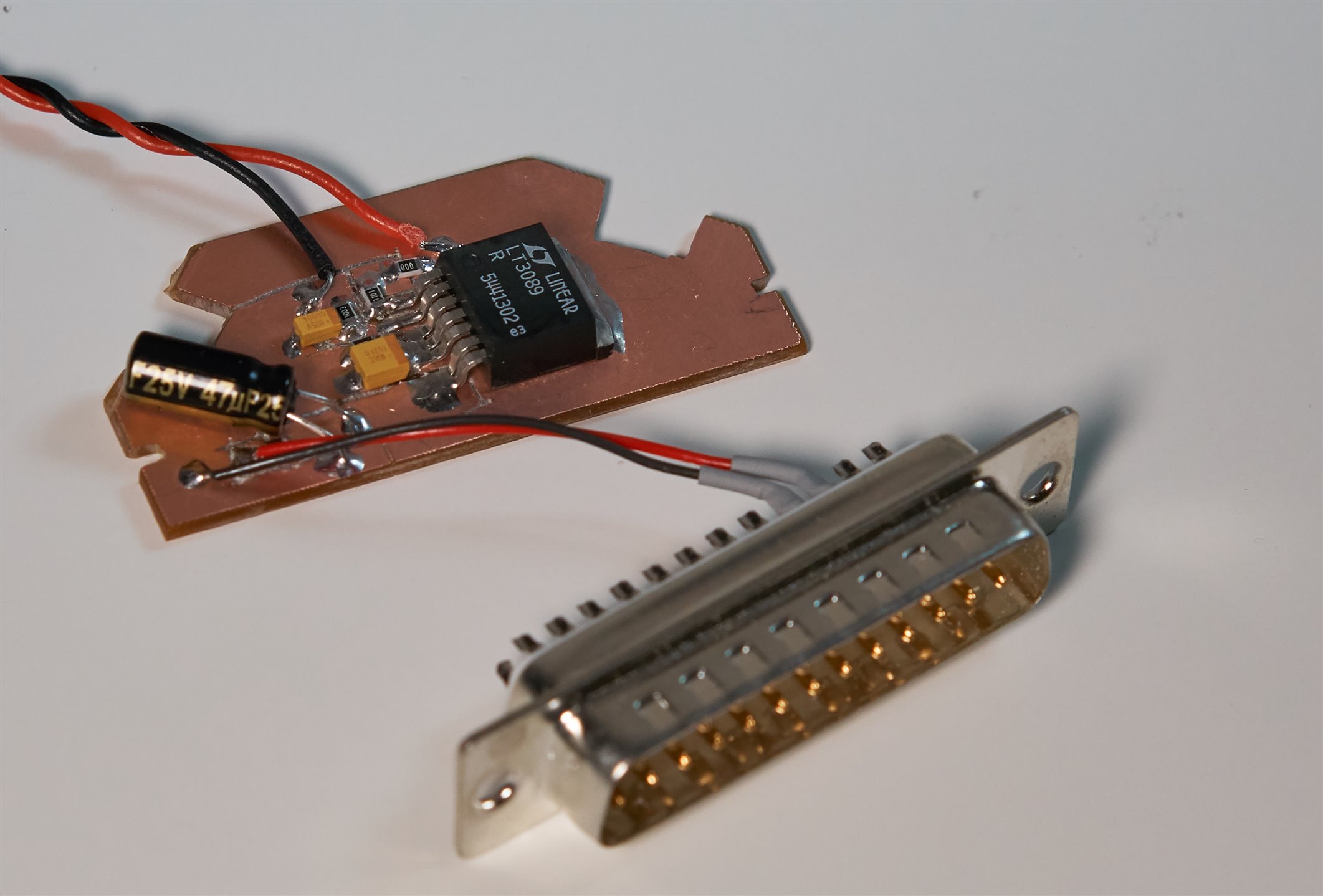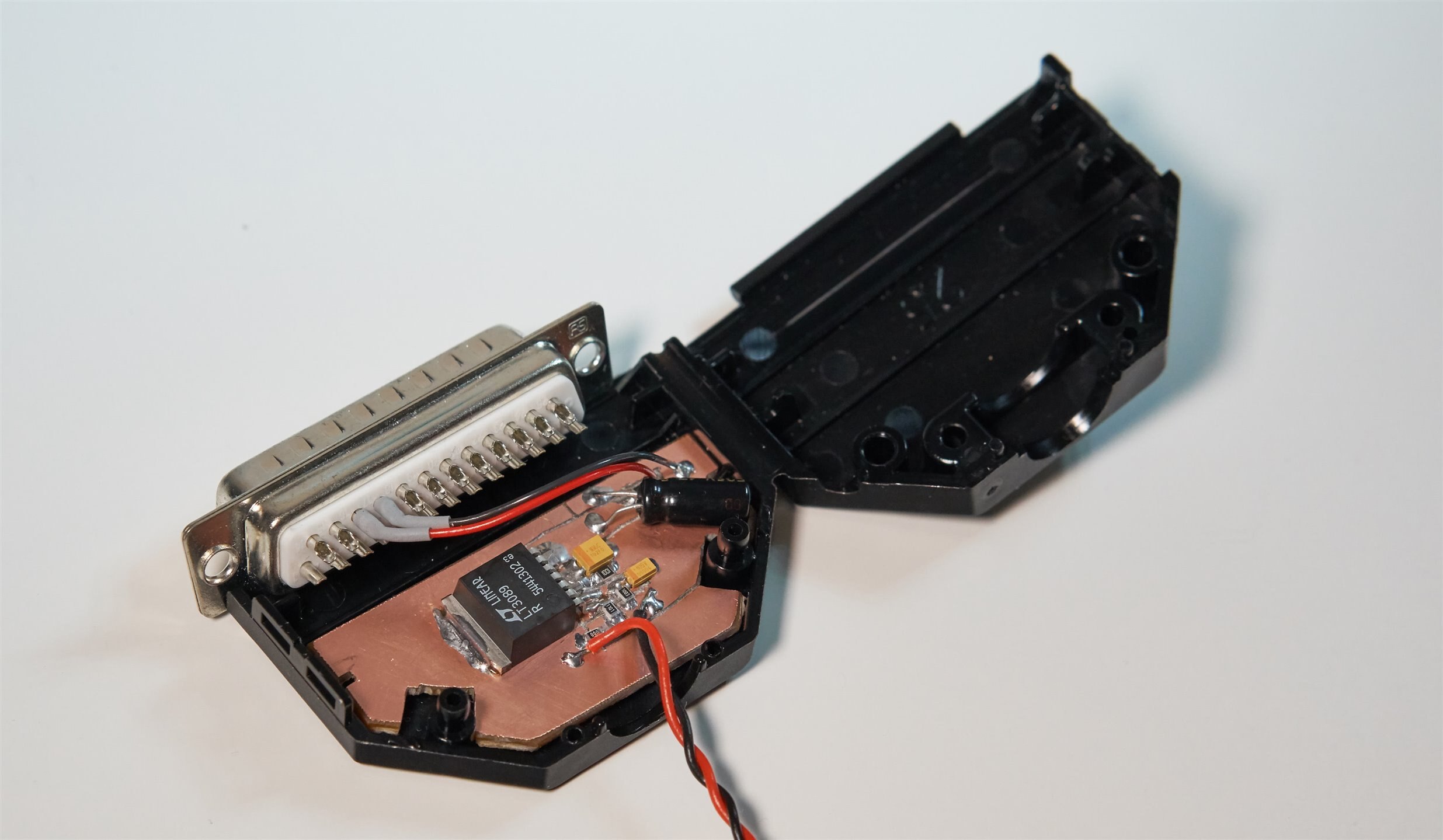Table of Contents
Introduction
This is quite a niche blog post, but may be relevant for anyone who needs a simple, quick, low-noise power supply! This project is PCB-less, it can be very quickly scratched out onto 'resin bonded paper' FR2 copper-clad board, and made to fit into a small enclosure.
My use-case was to connect the power supply to operate sensors, for monitoring with a useful product called DAS240-BAT (click here for a review of it). The DAS240-BAT is a great data recorder. It has lots of channels, electronic switching, and a large display for real-time charting of measurements. (There's also a more integrated DAS220-BAT which I think would suit more users and is lower-cost, and the information below is relevant to both models, although I'll just refer to the DAS240-BAT since that is what I used/tested).
All types of sensors with a voltage output can be directly attached to the DAS240-BAT. Some sensors may require an external power supply or amplifier to operate. There is an almost undocumented feature on the DAS240-BAT that simplifies this – there is a DC power supply output on pins on a 25-way D-Sub connector (DB-25) on the instrument. This project is really simple – it's a small voltage regulator that attaches to that DB-25 connection, to provide 5V for external sensors.

Circuit
The DAS240-BAT supplies approximately 12V at up to 200 mA, which is more than enough to power up a few sensors hopefully. One approach would be to just wire up a 7805 regulator and call it a day. I wanted to have a supply with lower noise, in case it affected attached sensors. Hunting through the semiconductor parts bin, I found an LT3089 which seemed perfect – it has low noise (27uV RMS), and can support output current to beyond what the DAS240-BAT can supply anyway, plus the package is really nice for prototyping (it's almost like a surface-mount alternative to TO-220, but with seven pins), and allows for simple heatsinking to a circuit board.

Construction
I used single-sided copper-clad FR2 board (it blunts tools less than FR4, and is quite cheap from Aliexpress) and first cut it to size, held the LT3089 chip to it and used a pencil to mark off the location of each of the pins, and then used a 'Scorper' tool to quickly score out the relevant pads for this project. See here for more information on the scorper tool. A knife could be used too. It's very quick, there's not a lot to do for this project! The layout I used is shown below (click to enlarge):

Ten minutes later, the work was complete with the few components soldered. Although I didn't use it here, for a complete ground plane, it is possible to apply adhesive copper tape on the underside of the board (I have not found a source of double-sided copper-clad FR2 board).

Here is what it looks like sitting inside the DB25 plastic backshell:

After some basic testing, I superglued the wires in place and snapped the backshell shut. Project complete : )
Output Noise
I attached a 100 ohm resistor on the output, so that the load was 50mA (this seemed reasonable for a few sensors), and then tested the supply under three scenarios; (a) inside a biscuit tin powered from a 12V bench supply, (b) in free air powered from a 12V bench supply, and (c) in free air powered from the DAS240-BAT while it was running data acquisition on two channels. The output was connected to a measurement amplifier set to 10 kHz bandwidth, and gain of 100. For more information on the measurement amplifier, click here.

For all three scenarios, the result was almost identical; I could not notice a difference. The 'scope trace shows from the automated measurement at the bottom that RMS noise was 1.21mV divided by 100, i.e. 12uV RMS, which is not bad:

With just over 500 kHz bandwidth (all filters disabled on the measurement amplifier), the output noise is as shown below, about 25uV RMS.

Summary
This was a basic one-evening project, and it turns out that the LT3089 makes a great low-noise supply. I was happy that no circuit board needed to be designed and ordered for this project; it was quicker to just score out the pads on the FR2 board.
Thanks for reading!


Top Comments
-

shabaz
-
Cancel
-
Vote Up
0
Vote Down
-
-
Sign in to reply
-
More
-
Cancel
Comment-

shabaz
-
Cancel
-
Vote Up
0
Vote Down
-
-
Sign in to reply
-
More
-
Cancel
Children